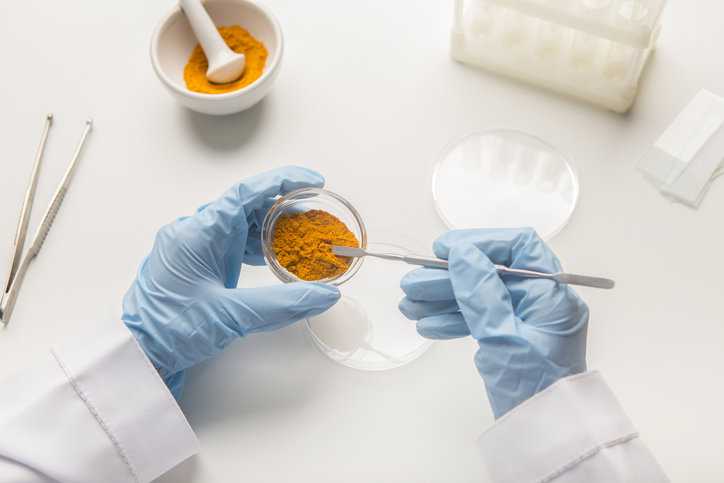Selecting an appropriate test method for food products is never a one-size-fits-all proposition.
Food products range from raw ingredients to processed foods and beverages in many different matrix types. Products can be high or low in acid concentration, solids or liquids, high in fat content, or hydrophobic or hydrophilic in nature. The wide range of characteristics makes the choice of test methods critical to ensure the most accurate result. Other considerations may include new and emerging pathogens of interest as well as chemical or physical contaminates.
Understanding the Food Testing Request
The first step in the method selection process for the laboratory testing food products is to ensure they fully understand the customer’s requirements and type(s) of samples to be submitted for testing. ISO/IEC 17025:2017 requires the laboratory to review the testing request (7.1.1) with the customer to ensure the request is fully understood and the lab has both the capability and resources required to perform the testing. The laboratory may need further communication with the customer to specify the testing activities to be performed (7.1.1 c) and select the most appropriate testing procedure (7.1.1 d) to perform testing.
Consider E. coli as one example. Is the customer requesting a qualitative result? Molecular detection may be an appropriate method option. Are they requesting a quantified result? The method selection may be dictated by the sample matrix. The appropriate options could include a multiple-tube fermentation method, membrane filtration method, agar film technology, or selective plating media. The matrix characterization (complexity) will dictate the laboratory’s choice in methodology to ensure the method is fit for purpose.
Some regulatory or stakeholder requirements may require select compendium methodologies to be used. It is important that the lab understands these requirements in advance of accepting the sample(s) for testing.
Requirements for ISO/IEC 17025 Accredited Laboratories
An accredited laboratory will have method validation and verification records available for the methods listed on their scope of accreditation. A request for testing a matrix type not previously verified by the laboratory may require additional time and resources to ensure the selected method is fit for use and test results for the matrix in question conform to expected results.
ISO/IEC 17025:2017 7.2.1 outlines the requirements for the selection and validation/verification of test methods. The laboratory will need to ensure (7.2.1.5) that it can properly perform the method and achieve the required performance prior to accepting a new matrix type for food testing. In addition to the verification for a new food matrix type, the laboratory needs to ensure the validity of the test results (7.7.1) through use of appropriate reference materials, intralaboratory comparisons (proficiency testing), or appropriate means to verify test results conform to the expected results of the method selected.
